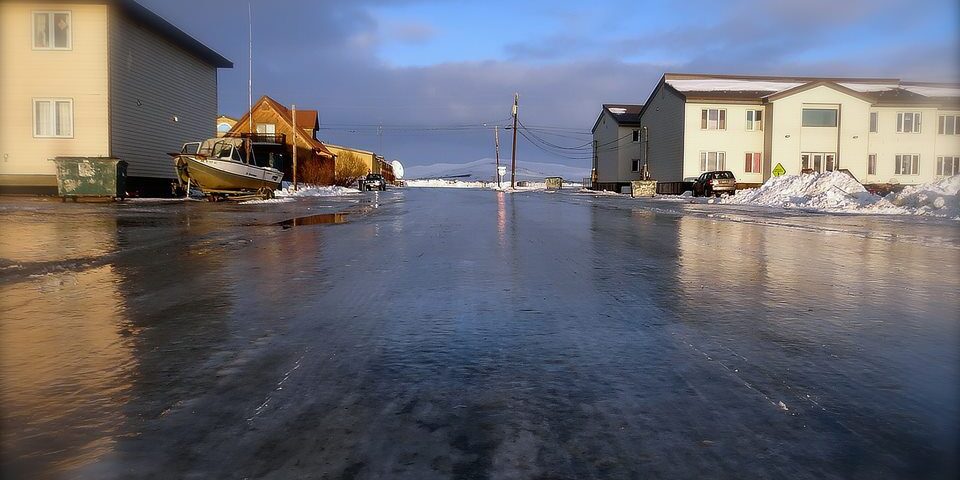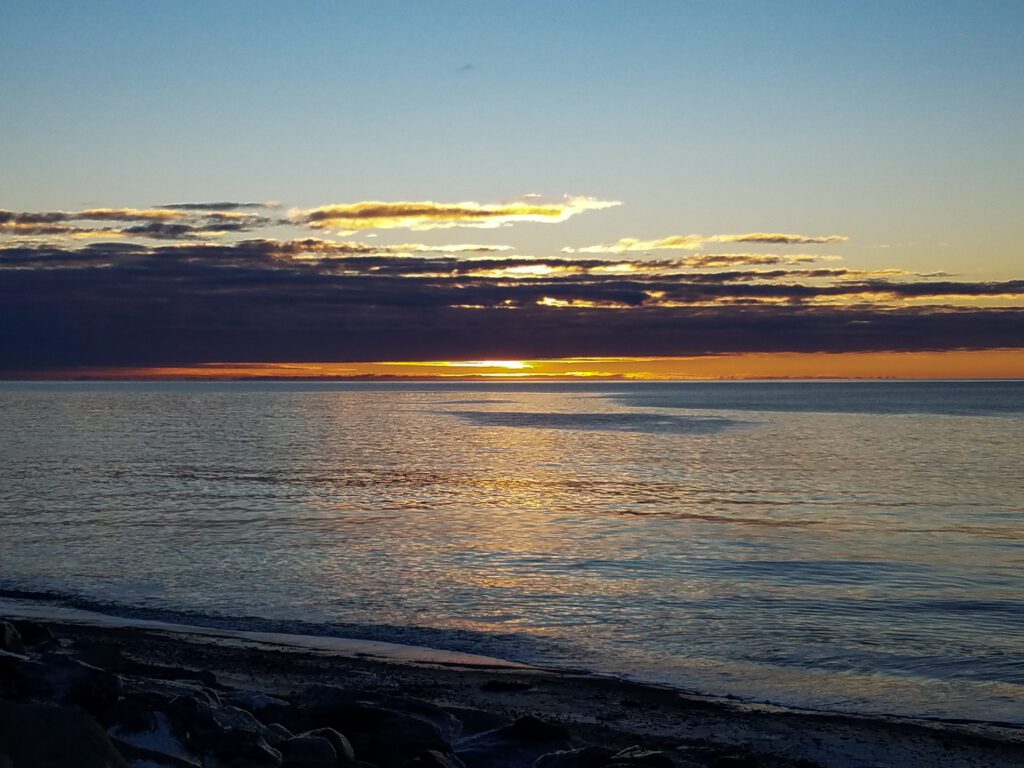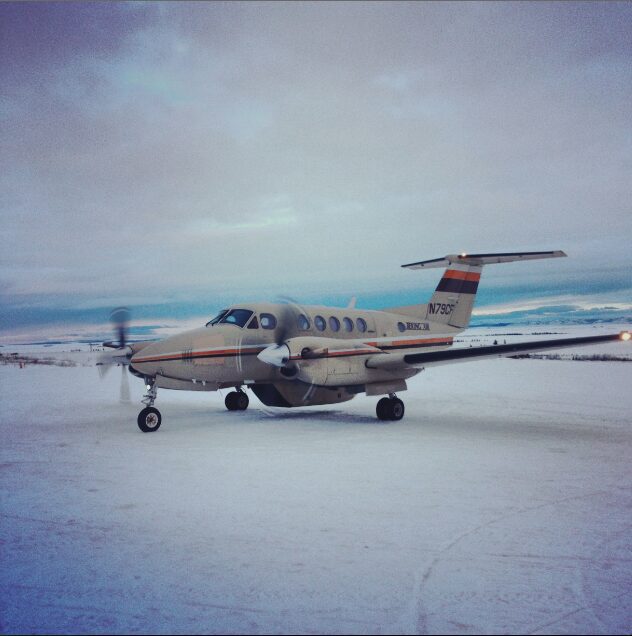Yesterday I forced myself out of the house to run a series of errands I’d been avoiding for weeks.
Headphones on, hands in jacket pockets, I waited in line at the Credit Union ATM while juggling my latest thoughts concerning the polar vortex and leftover reindeer sausage in the fridge when a Spanish-language song popped up on my iPod shuffle. It must’ve been years since I’d heard it. How is it that I even had that song?
Ricardo Arjona’s “Si el norte fuera el sur” (if the north were the south) released in 1996 when I was only eight years old. I know this because I used to listen to that tape religiously. Despite not understanding what the lyrics meant, I mumbled the words “Ronald Reagan”, ” “Yankees”, and “Wall Street” with as much authority as a non-English speaking eight-year old could. I had no clue that in a few years my compass would flip and the north would become my normal and the south would turn into this mystical place that dances a fine line between idealization and distain. So north I went. But how far up north was I planning to go?
I have to admit, I’ve never honestly asked myself “why Alaska of all places?” Others have asked, I haven’t. My answer is usually a joking, “oh, you know, I was creeping up north so I figured I should keep going,” or, “I hate the heat. 40 below beats 110 any time,” and the scary part is, these are probably the best answers you’ll get out of me.
I am here for KNOM. I’ve fallen in love with my job and this town, but I didn’t know any of this would happen before applying for the position. It was an act of instinct and a leap of faith and now here I am. 7,500+ miles away.
In Nome, I’ve met quite a few people who have traveled abroad. I’ve met people who have traveled across the US, or traveled extensively within Alaska only, or individuals who have never set a foot out of their village. But how many immigrants have I met? How many are from Latin America, specifically? Here’s a clue: I can count everyone in one hand.
We’re a non-issue. We’re just kind of…here.
It’s really hard to explain the experience of being an immigrant in the Alaskan bush. I’m not Alaskan native or white. I’ve been confused for both, but more often than not I get the question, “so, what are you?” which is both funny and insulting to hear.

It’s very lonely. I read Los Tiempos online, stock mailed-in Bolivian ingredients for emergency comfort food consumption, and get really exited when I meet someone who can speak to me in fluent Spanish, but I am completely out of my element. And I will always be out of my element. Despite naturalization, immigrating means living in permanent exile, and to live in permanent exile you have to accept that you will always live outside your comfort zone.
In a way, this is a good thing. It pushes me to constantly make connections with my environment and the people who inhabit it, no matter how small these connections are. If I don’t connect, I feel like an outlier, but if I do, I become this piece in the picture where I am allowed to exist simultaneously in whatever number of cultural and linguistic spaces rather than against their backdrop.
When I pictured the United States as a child I lacked geographic boundaries to keep the White House, Statue of Liberty, and Disneyworld from walking distance of one another. The idea of leaving my small, rural town for this NY-DC-FL-mesh (all spaces that I have inhabited, by the way) was ridiculous. I couldn’t even imagine what living in an arctic, rural town would be like. Turns out, it’s an awful lot like my hometown, and a lot more mundane than you’d think.
Most days go something like this: go to work. Drop by post Office. The gym? The ATM. Come home, do laundry (maybe). Read. Write. Cook dinner. Hang out with friends? Hermit in my room. Should I happen to linger by the balcony for a second in the evening, I try to remember to catch the sun set across the Bering Sea and to search for tints of orange, blue, purple, pink, and everything in between.








